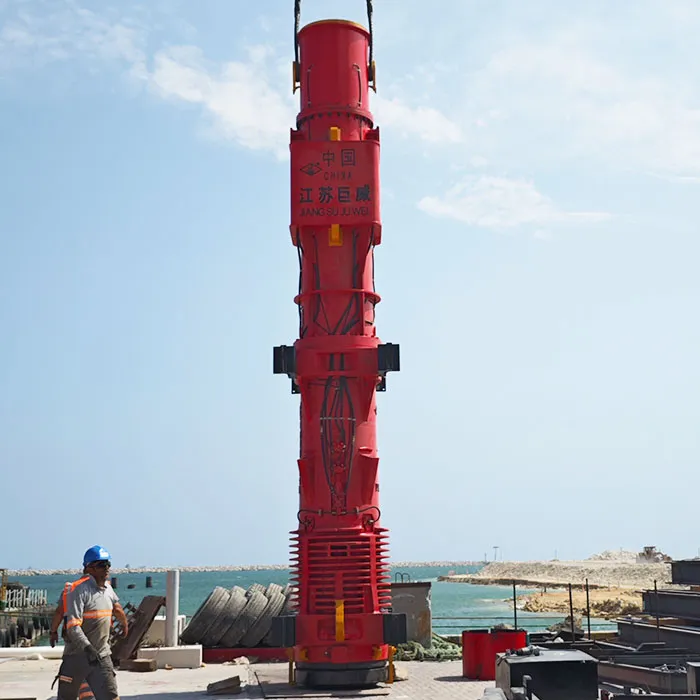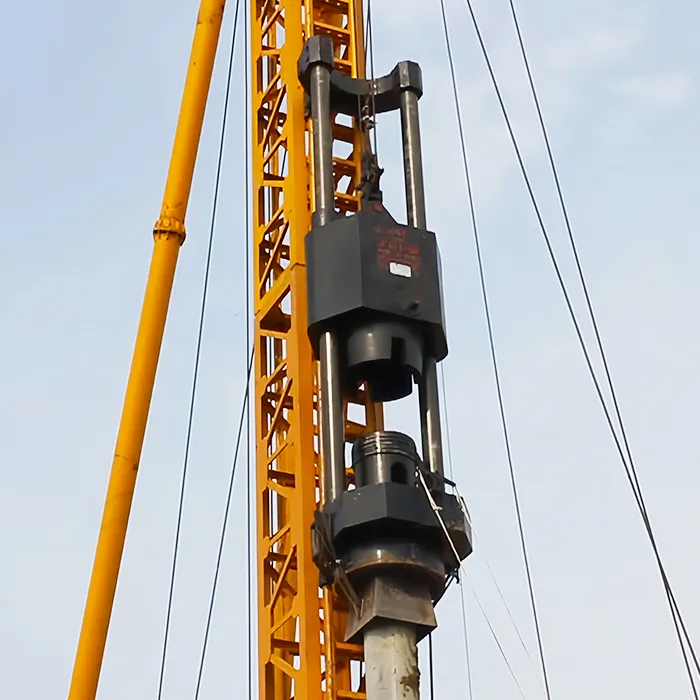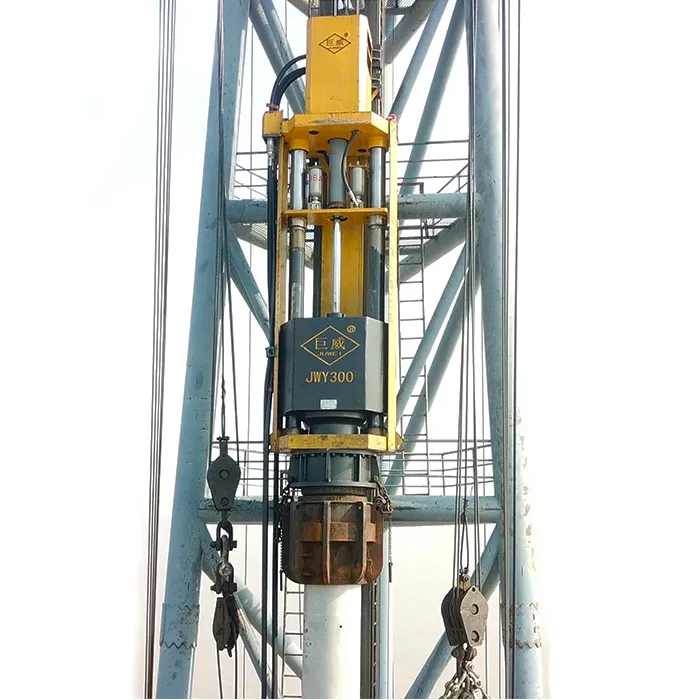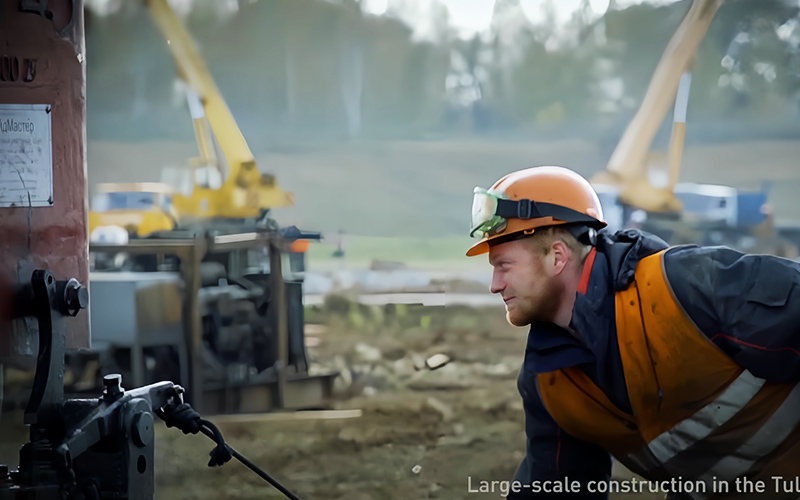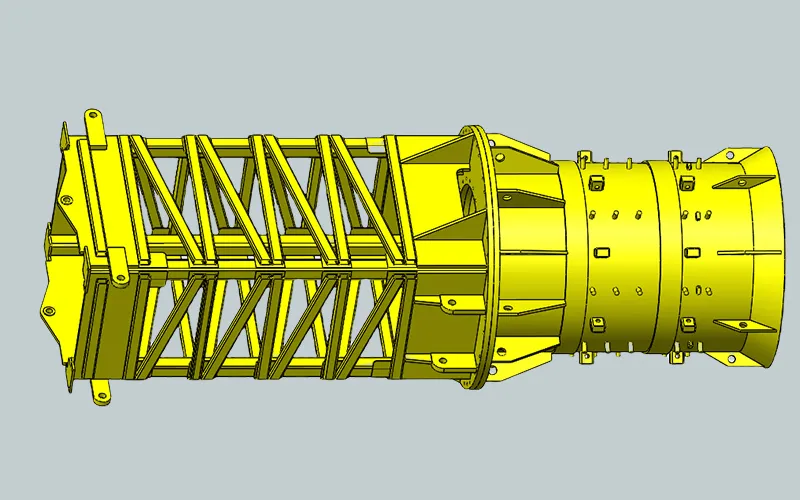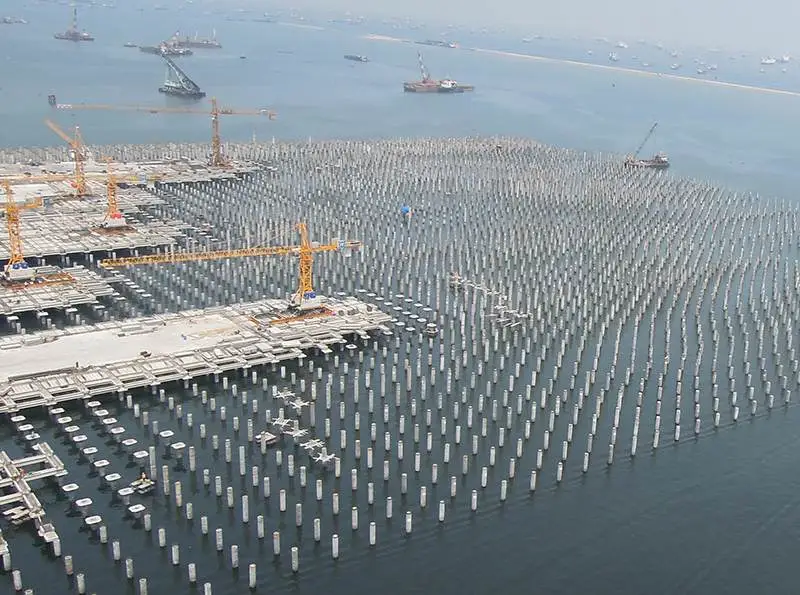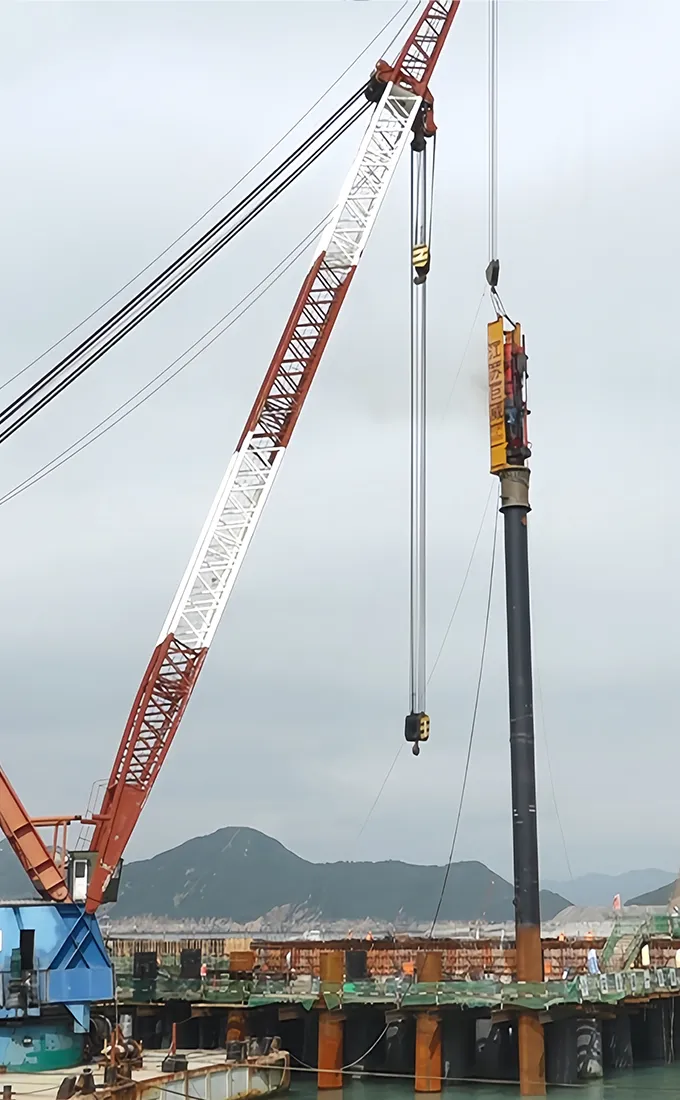Piling hammers is one of the important equipment in foundation engineering. Whether it is in the construction of bridges, high-rise buildings, roads, docks. or energy, oil drilling platforms and other structures.
It is crucial to maintain the good operation of the pile hammers. and ensure that the piling hammers performs at its best performance.
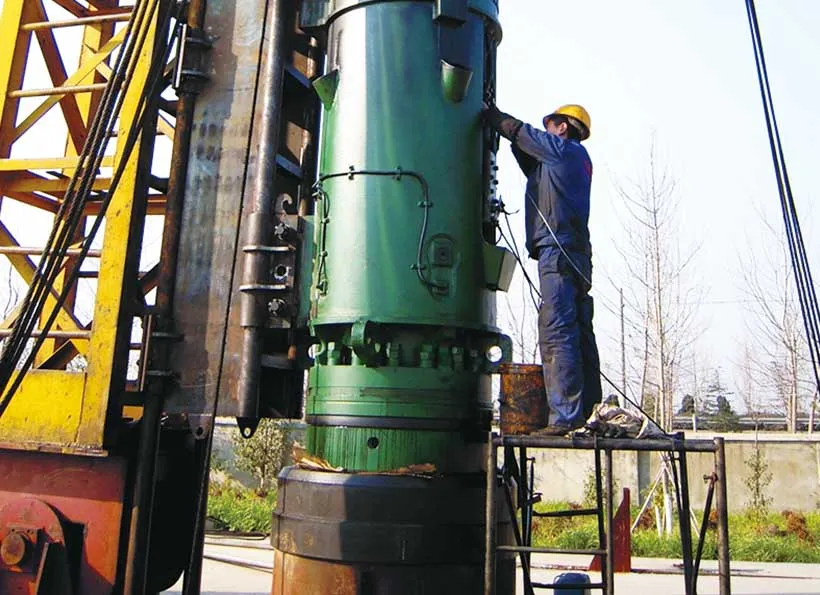
Why should we maintain and care the piling hammer?
Maintaining and servicing the piling equipment can not only extend the service life of the equipment. It also ensure the smooth completion of the project schedule. save costs and increase net profit.
Ensure optimal performance
The piling machines drives the pile deep into the ground or seabed. To provide a stable foundation support for the structure. At the same time, hammers will also be subjected to huge mechanical stress. In order for the hammer to continuously provide the required striking energy and reduce the time required for piling. The equipment needs to be maintained and serviced regularly.
Extend equipment life
Different types and models of pile hammers have different prices. It is a major investment equipment in construction projects. Regular maintenance solves wear problems and can extend the service life of the equipment. As a result, the hammer can be used for many years . While remaining reliable. Save the investment cost of the hammer.
Prevent failures
If the pile hammers is not maintained and serviced for a long time. It will cause unexpected equipment failure. Equipment failure can cause serious personal safety issues for operators and construction site personnel. Therefore, the hammer should be properly maintained regularly before potential safety hazards occur.
So, how to maintain and service a pile hammer. Please continue reading below.
Daily inspection and pre-operation inspection
Before starting any pile driving operation, perform a thorough inspection of the piling hammers. First, check the hammer head for signs of wear or damage. Look for cracks, dents, or deformations that may affect the performance of the hammer.
Next, check the hydraulic hoses and connections to ensure there are no leaks or loose fittings. Check the hydraulic oil level. as low oil levels can cause inefficient operation and may damage internal components.
In addition to the visual inspection, also perform a functional test on the equipment. Turn the hammer to a low power setting to ensure it is cycling correctly. Are there any unusual noises, such as grinding or knocking sounds.
Noises may indicate internal wear or damage. With these pre-operation inspections. potential problems can be resolved to prevent more serious failures during the pile driving process.
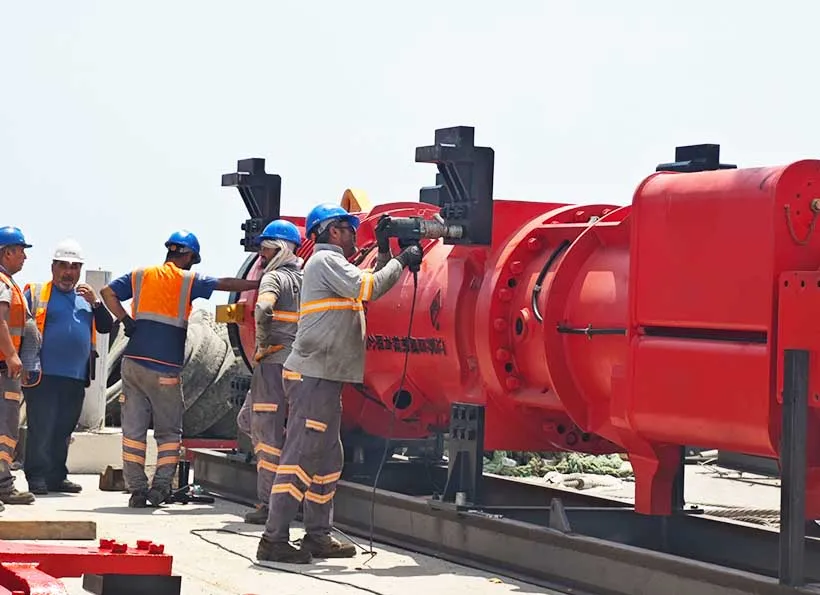
Lubrication: The Lifeblood of the Pile Hammers
Lubrication is key to pile hammer maintenance. The constant movement and friction between the hammer components generates heat. If lubrication is insufficient, premature wear may occur. This is when you need to apply the appropriate type of lubricant to the various parts of the hammer, such as guides, bushings, and bearings.
Check lubrication points regularly to ensure that grease or oil levels are maintained. Over-lubrication is just as harmful to the equipment as under-lubrication. These problems can lead to debris accumulation and potential blockages.
So read the manufacturer’s hammer manual for instructions on lubrication intervals and lubrication quantities. Because these instructions are tailored to your pile hammer.
Hydraulic System Maintenance
The hydraulic system is the core component of the hydraulic pile hammers, providing power to piling hammers so that it can function.
Regularly check the hydraulic oil for water or dirt, which can cause corrosion and wear of internal components. If the oil looks cloudy or has particles suspended in it, the oil needs to be changed.
Check the filter and change it regularly. A clogged filter will restrict the flow of oil, causing pressure to increase, which may damage the system. Keep an eye on the hydraulic level during operation.
Proper Storage of Piling Hammers
When not in use, piling hammers should be properly stored. The external material of pile hammers is basically iron. Exposure to inclement weather such as rain, snow and extreme temperatures can cause rust and corrosion, which can cause damage. Store the hammer in a dry, windproof area and cover it with a protective cloth to prevent moisture and debris.
Before storing the hammer for a long time, make sure all lubrication points are fully lubricated and oiled parts are completely sealed. Drain any residual water in the system to prevent ice and expansion. These can cause cracks and leaks in components.
Troubleshooting Common Pile Hammer Problems
Troubleshooting common problems can save time and money on repairs. The most common signs include: unusual noises, loss of impact force, overheating, and noticeable wear on components such as the hammer head and piston.
Impact force loss problems: This can be caused by worn or damaged parts such as the hammer head, piston or anvil. Inspect these parts for signs of wear and replace as needed.
Overheating problems: This can be caused by insufficient lubrication, clogged filters. If your hammer overheats, stop operating immediately and investigate the cause
Training Matters
Maintaining and servicing a pile hammer is not only about the equipment, but also about the operator. Proper training allows operators to understand the importance of maintenance. and the ability to perform maintenance correctly. Provide your team with training on pre-operation inspections, lubrication techniques, and troubleshooting procedures.
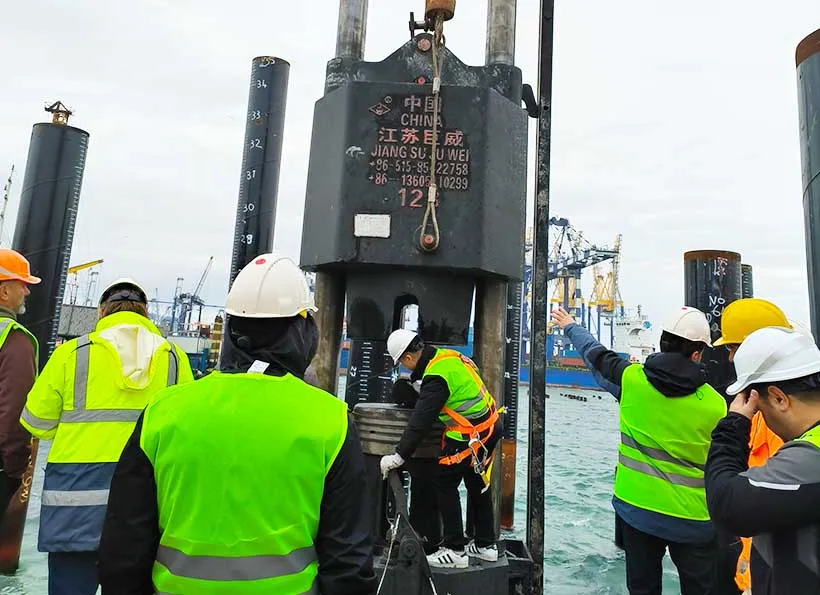
Conclusion
Proper maintenance and care of your pile hammer ensures its life, performance, and safety. By regular inspections, maintenance, and following proper storage and operation. You can keep your piling equipment in top condition.
With good performance piling hammers, construction projects can be completed on time and within budget. In addition, training your team will further improve the hammer’s reliability and efficiency.
To learn more about piling hammers, you can consult Juwei experts.


